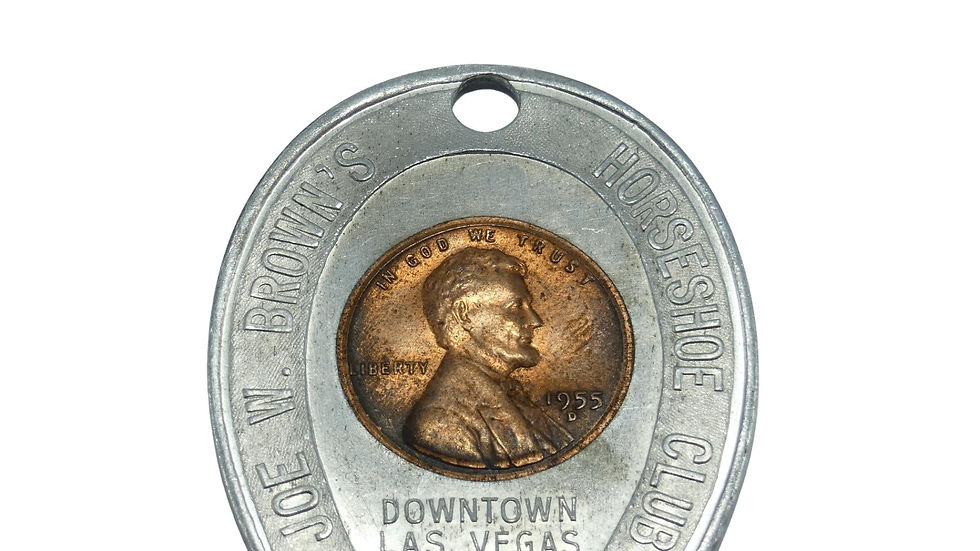Discover the Allure of Coin and Currency Collecting
- Mark Holderfield
- Jul 2
- 3 min read
Updated: Aug 5
🥇 Silver U.S. Coins: Real Money with Real Value
Prior to 1965, most U.S. dimes, quarters, half dollars, and dollars were made of 90% silver, giving them intrinsic value that extends far beyond their face amount.
🔹 Popular Silver Coins to Collect:
Morgan Silver Dollars (1878–1921) – Iconic Old West coins with high silver content and bold designs.
Peace Dollars (1921–1935) – Striking Art Deco design, symbolizing post-WWI peace.
Walking Liberty Half Dollars (1916–1947) – A favorite among collectors, known for elegant design.
Franklin Half Dollars (1948–1963) – Featuring Benjamin Franklin, these are still affordable silver investments.
Washington Quarters, Roosevelt Dimes, and Mercury Dimes (pre-1965) – Common finds with lasting silver value.
Why collect them? They're beautiful, historic, and contain real silver — making them both collectible and a hedge against inflation.

🪙 Old Pennies & Nickels: Small Coins, Big History
🧱 Lincoln Wheat Pennies (1909–1958)
These were everyday currency for generations. Key dates like the 1909-S VDB or 1943 steel penny are especially desirable.
🐃 Buffalo Nickels (1913–1938)
With a Native American obverse and American bison reverse, these nickels are American art in miniature.
🛡️ Jefferson Nickels (1938–present)
Look for silver “war nickels” (1942–1945) that contain 35% silver — easily identified by a large mint mark above Monticello.

💵 Vintage U.S. Paper Currency: Collecting American Cash
Old U.S. bills are some of the most visually fascinating and historically rich collectibles out there. Paper money from the 1920s to 1960s often featured vivid seals, different designs, and rare denominations.
🔹 Silver Certificates
Issued up to 1964, these notes were once redeemable for actual silver.
Look for $1, $5, and $10 bills with blue seals and serial numbers.
Common series: 1935 and 1957.
🔴 Red Seal United States Notes
Issued from 1928 to the 1960s.
Typically found in $2 and $5 denominations.
Scarcer than Silver Certificates, and valued for their unique design and historical context.
🐎 Saddleback (Horse Blanket) Dollars
Large-size currency issued prior to 1928.
Nicknamed for their size (approx. 7.5” x 3.125”) — literally “too big for your wallet.”
Look for $1 Silver Certificates from 1923, $5 Red Seals, and other pre-1928 notes.

🧠 Why Collect Vintage Coins and Currency?
Collecting vintage coins and currency offers numerous benefits:
Historical Value: Each coin or bill represents a moment in U.S. history — from the Great Depression to postwar prosperity.
Aesthetic Appeal: Engraving, fonts, and designs from these eras are true works of art.
Tangible Investment: Silver and older U.S. money often retain or increase in value over time.
Personal Connection: Many collectors start by inheriting coins or finding change in a drawer — and never look back.
🛍️ Start (or Grow) Your Collection Today
At govintage57.com/, we curate vintage U.S. coins and currency — from silver dimes to hard-to-find Red Seal notes. Whether you're a beginner or a lifelong numismatist, you'll find something to spark your interest.
The Thrill of the Hunt
Collecting coins and currency isn't just about the items themselves. It's about the thrill of the hunt. Each new acquisition can feel like a small victory. You might spend hours searching through coin shops, estate sales, or online auctions. The excitement builds as you uncover hidden gems.
Building Connections
As you delve deeper into this hobby, you'll find a community of like-minded individuals. Joining clubs or attending coin shows can enhance your experience. Sharing stories and tips with fellow collectors can lead to new friendships and valuable insights.
The Educational Aspect
Collecting coins and currency can also be an educational journey. You'll learn about different historical periods, economic changes, and artistic styles. Each piece in your collection can serve as a conversation starter, allowing you to share what you've learned with others.
Preserving History
By collecting vintage coins and currency, you're also playing a role in preserving history. These items are tangible links to the past. They can help future generations understand the economic and cultural landscape of their ancestors.
Conclusion: A Rewarding Journey
In conclusion, coin and currency collecting is a rewarding journey that connects you to history, art, and community. Whether you are just starting or looking to expand your collection, the world of vintage U.S. money is vast and full of opportunities. Embrace the adventure and start your collection today!



Comments